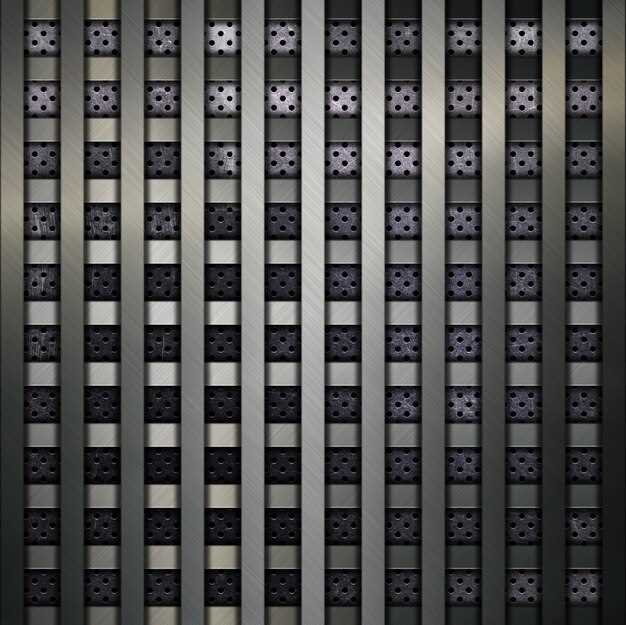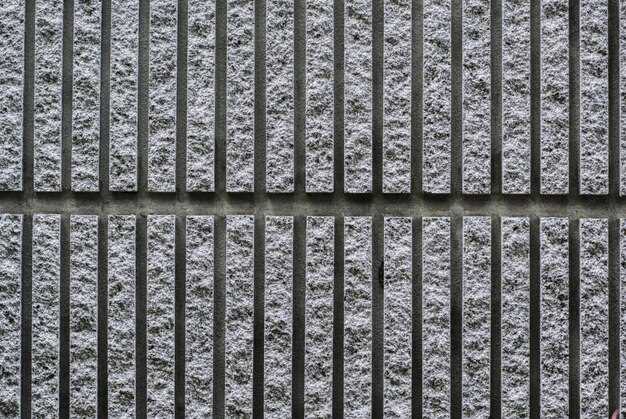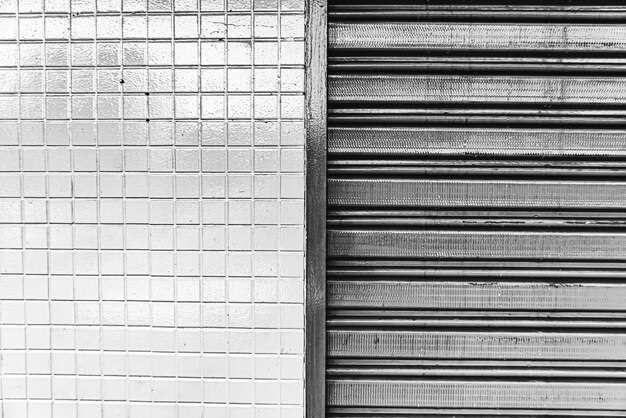

When venturing off-road, the safety and durability of your vehicle are paramount, making the choice of skid plates a critical consideration for diesel enthusiasts. Skid plates serve as a protective barrier, shielding vital components from rocks, debris, and other obstacles that can result in costly damages. Among the two most popular materials for manufacturing skid plates–aluminum and steel–each presents unique advantages and drawbacks. Understanding these differences is essential for selecting the optimal skid plate that meets your vehicle’s requirements and your personal off-road ambitions.
Aluminum skid plates are renowned for their lightweight properties and corrosion resistance. This makes them a popular choice for off-roaders looking to minimize their vehicle’s overall weight without sacrificing protection. However, while aluminum can withstand various impacts, it may not offer the same level of strength and durability as its steel counterpart, particularly under extreme conditions.
On the other hand, steel skid plates are celebrated for their incredible hardness and resilience, making them ideal for heavy-duty applications. They provide superior protection against serious impacts but come with the trade-off of increased weight. This added weight can affect the vehicle’s performance and fuel efficiency, a factor that diesel users must consider when evaluating potential upgrades.
Ultimately, the decision between aluminum and steel skid plates hinges on your specific off-road needs and safety priorities. Whether you prioritize lightweight performance or seek maximum protection under harsh conditions, understanding the differences between these two materials is essential for enhancing your off-road adventures while ensuring the safety of your diesel vehicle.
Durability and Impact Resistance: Aluminum vs. Steel Skid Plates

When it comes to off-road vehicles, the choice between aluminum and steel skid plates significantly affects durability and impact resistance. Both materials have unique properties that cater to different needs and preferences in rugged environments.
Aluminum skid plates are renowned for their lightweight characteristics. This weight saving allows vehicles to maintain better fuel efficiency and improved maneuverability on challenging terrains. Additionally, aluminum offers excellent resistance to corrosion, making it a suitable option for drivers who frequently encounter wet or muddy conditions. The alloy’s ability to absorb impacts without deforming enhances its durability. However, aluminum can be less resistant to severe impacts compared to steel, which may lead to dents or cracks under extreme conditions.
In contrast, steel skid plates are celebrated for their exceptional strength and impact resistance. They can withstand significant abuse from rocks, stumps, and other harsh obstacles, making them ideal for serious off-road enthusiasts. Steel’s inherent toughness allows it to absorb shocks better, minimizing the likelihood of catastrophic damage during intense off-road activities. However, the heavy weight of steel can negatively impact vehicle performance and fuel efficiency. Furthermore, without proper coating, steel is susceptible to rust, particularly in environments with high moisture exposure.
Both aluminum and steel skid plates have their advantages and drawbacks regarding durability and impact resistance. The choice ultimately depends on the specific off-road conditions anticipated, the weight tolerance of the vehicle, and the user’s driving style. Careful consideration of these factors will help in selecting the most suitable skid plate material to ensure optimal protection and performance on rough terrains.
Weight Considerations: Performance Impacts of Material Choice
When selecting skid plates for diesel vehicles, weight plays a crucial role in overall performance. The choice between aluminum and steel significantly impacts not only the weight of the skid plates but also the vehicle’s handling, fuel efficiency, and safety. Aluminum skid plates are lighter than their steel counterparts, leading to reduced vehicle weight. This reduction can enhance acceleration and deceleration, allowing for quicker response times on the road or off-road terrains.
On the other hand, while steel skid plates are heavier, they offer superior durability and impact resistance. This can translate into better protection for vital components of diesel vehicles, especially in harsh environments. The safety of the vehicle can thus be a trade-off between the weight benefits of aluminum and the strength of steel. A lighter skid plate may improve maneuverability but can compromise protection levels, which could affect the long-term reliability of the vehicle.
Moreover, the weight distribution of the vehicle is influenced by the choice of material. Heavier steel skid plates may lower the vehicle’s center of gravity, which can enhance stability but may also lead to increased fuel consumption. Conversely, aluminum’s lightweight nature may help in maintaining fuel efficiency, appealing to those who prioritize operational costs. Ultimately, the decision hinges on the specific use case: drivers seeking agility and fuel savings may lean towards aluminum, while those prioritizing durability and safety in rugged conditions may opt for steel.
Cost Analysis: Long-Term Value of Aluminum and Steel Skid Plates

When evaluating the long-term value of skid plates made from aluminum versus steel for off-road diesel applications, several factors come into play that influence overall cost-effectiveness. While the initial purchase price is important, the lifespan, maintenance, and performance of each material need thorough consideration.
Initial Cost: Generally, aluminum skid plates tend to have a higher upfront cost compared to their steel counterparts. This is largely due to the production process and the characteristics of aluminum, which is lighter and requires more advanced manufacturing techniques. However, the difference in price can vary based on design and brand, so it should be assessed in the context of specific options available.
Lifespan and Durability: Aluminum skid plates are known for their resistance to corrosion, which can be a significant factor in longevity, especially in off-road environments where exposure to moisture and dirt is common. Steel plates, while typically more robust against impacts, are susceptible to rust if not properly coated or maintained. In the long term, the durability of aluminum in challenging conditions often leads to lower replacement costs, offsetting its higher initial price.
Weight Considerations: The weight of skid plates can influence fuel efficiency and overall vehicle handling. Aluminum is considerably lighter than steel, which may enhance the performance of off-road vehicles by improving maneuverability and reducing fuel consumption. This factor could result in long-term savings, making aluminum a more beneficial investment despite higher upfront costs.
Maintenance: Steel skid plates require regular maintenance, including inspections for rust and protective coatings, to ensure they perform well over time. In contrast, aluminum plates usually demand less upkeep due to their resistance to corrosion, potentially saving time and money on maintenance efforts. This ease of maintenance can contribute to a favorable cost analysis for aluminum plates in the long run.
Resale Value: Vehicles equipped with high-quality aluminum skid plates may have a higher resale value, as off-road enthusiasts often seek out vehicles with proven durability and reliability. Buyers may be willing to invest more in a vehicle that has well-maintained aluminum components, further enhancing the value proposition of choosing aluminum over steel.
In conclusion, while the upfront costs of aluminum skid plates may be higher, their superior properties regarding corrosion resistance, weight, durability, and lower maintenance requirements suggest a favorable long-term value compared to steel skid plates. Ultimately, the decision between aluminum and steel should account for specific usage scenarios and personal preferences, with an eye on the total cost of ownership over the life of the skid plates.






